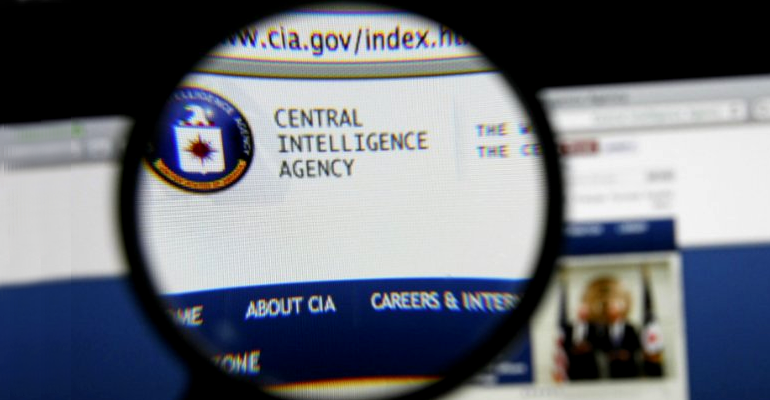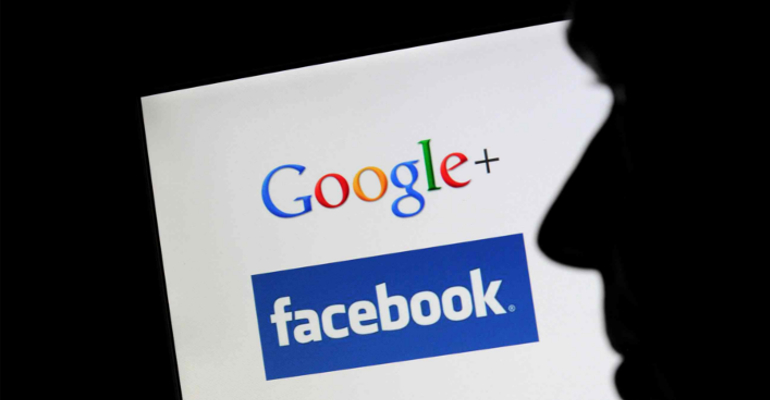They can improve brand awareness and the company’s image on the market, increase the effectiveness of processes, make employees happier and reduce expenses. But, on the other hand, they can affect productivity and jeopardize corporate data safety.
“Global Survey on Social media risk”, a survey conducted by the Ponemon Institute on 4,640 IT and safety professionals in 12 countries, interviewed managers on the risks of letting employees use social media. The findings showed that businesses have understood that they can benefit from using social media for the above-mentioned reasons. But at the same they fear that if these tools are not adequately managed and protected, dangers can arise.
“50% of social users accept to be contacted by unknown people, there is more trust and these technologies don’t include safety provisions”, says Maurizio Garavello, VP Sales for Continental Europe, Middle East and Africa (Cemea) with Websense; “The main risks include employees’ reduced productivity, non-voluntary dissemination of corporate information, data stealing through the malware“.
Nonetheless, although 63% of the interviewed population stated that socials at the workplace seriously endanger safety, only 29% installed risk-reducing safety controlling systems and 52% suffered an increase of malware caused by employees using socials.
But the use of social networks cannot be prohibited, because otherwise employees can become less attached and unsatisfied.
A survey published in the United Kingdom showed that half the employees below the age of 24 refuses to work for an employer that forbids the use of socials at the workplace. Equally significant is a study conducted by Stancombe, which interviewed over 300 HR managers across Australia: 69 percent predicted that granting employees access to socials will become increasingly important over the next five years.
Nevertheless, productivity losses still worry managers.
Maybe this is why a fourth of the population surveyed by Stancombe allows employees to use social networks, provided that they are monitored by the IT department.










